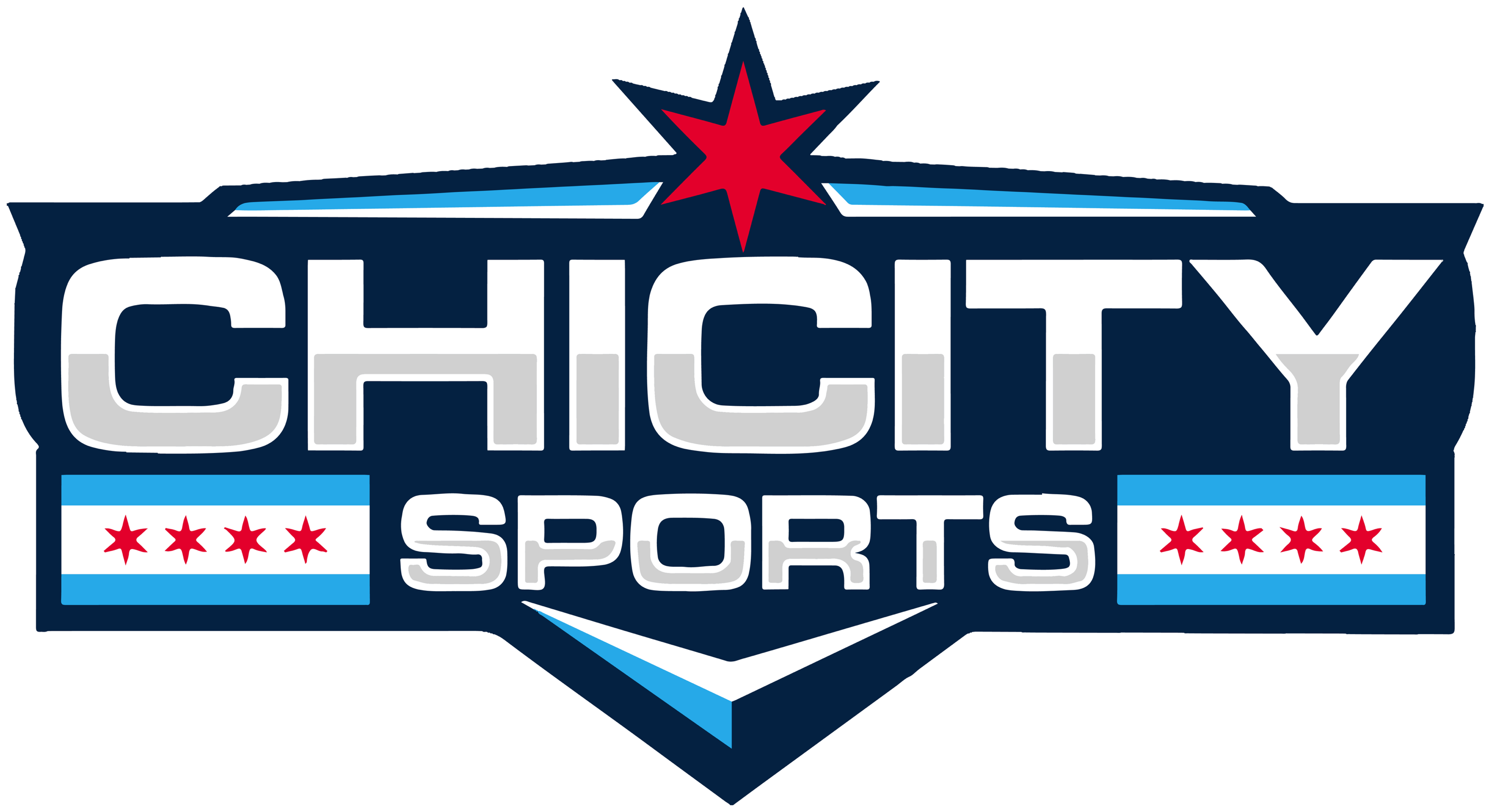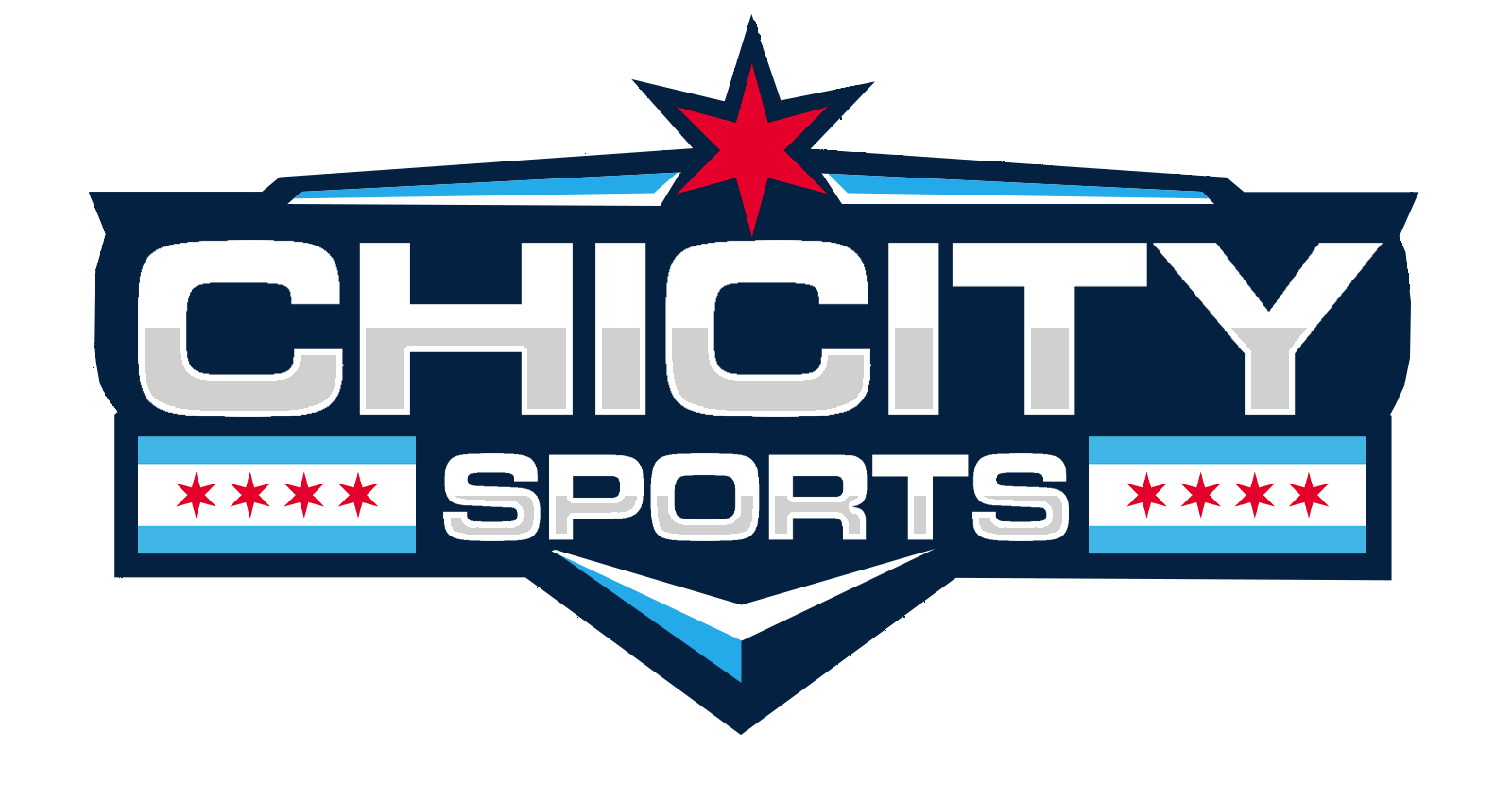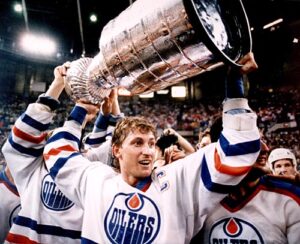As I watched last year’s Stanley Cup champion Chicago Blackhawks back into this year’s playoffs on the final night of the season as the eighth seed, I’m again reminded how I feel about hard salary caps in sports. There’s no question the Hawks, by stumbling through the first three months of the season with their Cup hangover, put themselves in yesterday’s predicament. They should be no worse than a number four seed with their current roster. But the cap casualties that began a mere two weeks post Patrick Kane’s shot not heard around the world sent the Hawks from a team that should’ve won multiple championships in a short period of time to just another good, but not great, hockey club.
Let me say unequivocally that I despise parity as it’s known in both the NHL and NHL. Hard salary caps punish smart organizations like the Hawks who draft and trade well, while rewarding mediocre ones. Hard caps in the name of fairness and balance between small and large market teams have cheapened both the Stanley Cup and Lombardi Trophy in the last decade. Proponents of the NFL’s system say the league has never been healthier and I say that’s only because of gambling and fantasy football in the internet age. The on-field product is watered down. When I think of parity, the first word that comes to mind is mediocrity. With hard caps, you sign your best players while sacrificing your depth and depth is paramount in sports like hockey and football. In hockey, your first and second lines win headlines while your third and fourth win championships. But once that title is won, it’s impossible to pay to keep your depth and the evidence bears out.
In the NFL since 2000, 8 different franchises have won the Super Bowl with only New England (3) and Pittsburgh (2) having won multiple titles. To further illustrate how cheapened the phrase “played in the Super Bowl” has become, 9 different teams from the NFC (more than half the conference) have played in the Super Bowl in the last 9 years. For the math majors out there, that means not one NFC team has been to more than a single Super Bowl during that time frame. The parity in the NHL is just as telling. Eight different franchises have hoisted the Cup in the last nine years with only the Red Wings doing so twice in 2002 and 2008.
Give me an NFL where the mighty Pittsburgh Steelers and Dallas Cowboys of the 1970s once roamed or the San Francisco 49ers of the 1980s. In hockey, give me the Edmonton Oilers of the ‘80s, which last year’s Blackhawks could’ve been, that won five Cups in seven years. What those teams provided were measuring sticks for your teams. What those teams provided were villains as you got used to seeing the same core together for a decade. When the Bears out brawled the still intimidating Raiders in the most violent game I ever saw in 1984, the nation took notice of the 46 Defense. When the Bears wiped the final mystique off of America’s Team in 1985 with a 44-0 beat down off the Cowboys, you knew they were destined to win the Super Bowl. Likewise, there was a feeling of great accomplishment in 1992 when the Blackhawks, after falling short in three previous conference finals, wrote the final chapter on the Oilers dynasty with a sweep on their way to the Stanley Cup Finals.
Where’s the measuring stick now in the NFL when there’s a revolving door every other week as far the best team in the league is concerned? Where’s the accomplishment in beating last year’s Stanley Cup champion when half a dozen or more key players are no longer on the roster and the team has been a distant third in its own division for most of the season? Teams go from worst to first back to worst and there’s no sense of reward in seeing a team grow together over the course of three or four years as they slowly climb the mountain.
So what’s the answer? Let me say that while I don’t like the disparity in Major League Baseball’s payrolls, it’s a myth that spending money equates to wins and championships – ask Mets and Cubs fans. Conversely, the teams that played in last year’s World Series, San Francisco and Texas, ranked 10th and 27th respectively in opening day payrolls while the 27th ranked Rangers dominated the Yankees with $150 million less in payroll. But I digress, the answer is closer to an NBA style cap where you can exceed the cap to resign your own players. Say what you want about the Lebron James circus last summer, but nobody could have paid him more money than his hometown Cavaliers and that’s not possible in football or hockey unless you’re willing to gut your roster. Have a cap with some form of revenue sharing to ensure some competitive balance. But allow organizations that draft and scout well to resign their own players – don’t penalize these organizations, players or their fans.
For More Great Chicago Sports Content
Get the latest Chicago sports news, analysis, and breaking stories on the Bears, Bulls, Blackhawks, Cubs, White Sox, Sky, and more! Tap the star to add us to your favorites on Google News, so you never miss a story on your favorite Chicago teams.
Follow us on Twitter at @chicitysports23 for more great content. We appreciate you taking time to read our articles. To interact more with our community and keep up to date on the latest in Chicago sports news, JOIN OUR FREE FACEBOOK GROUP by CLICKING HERE





